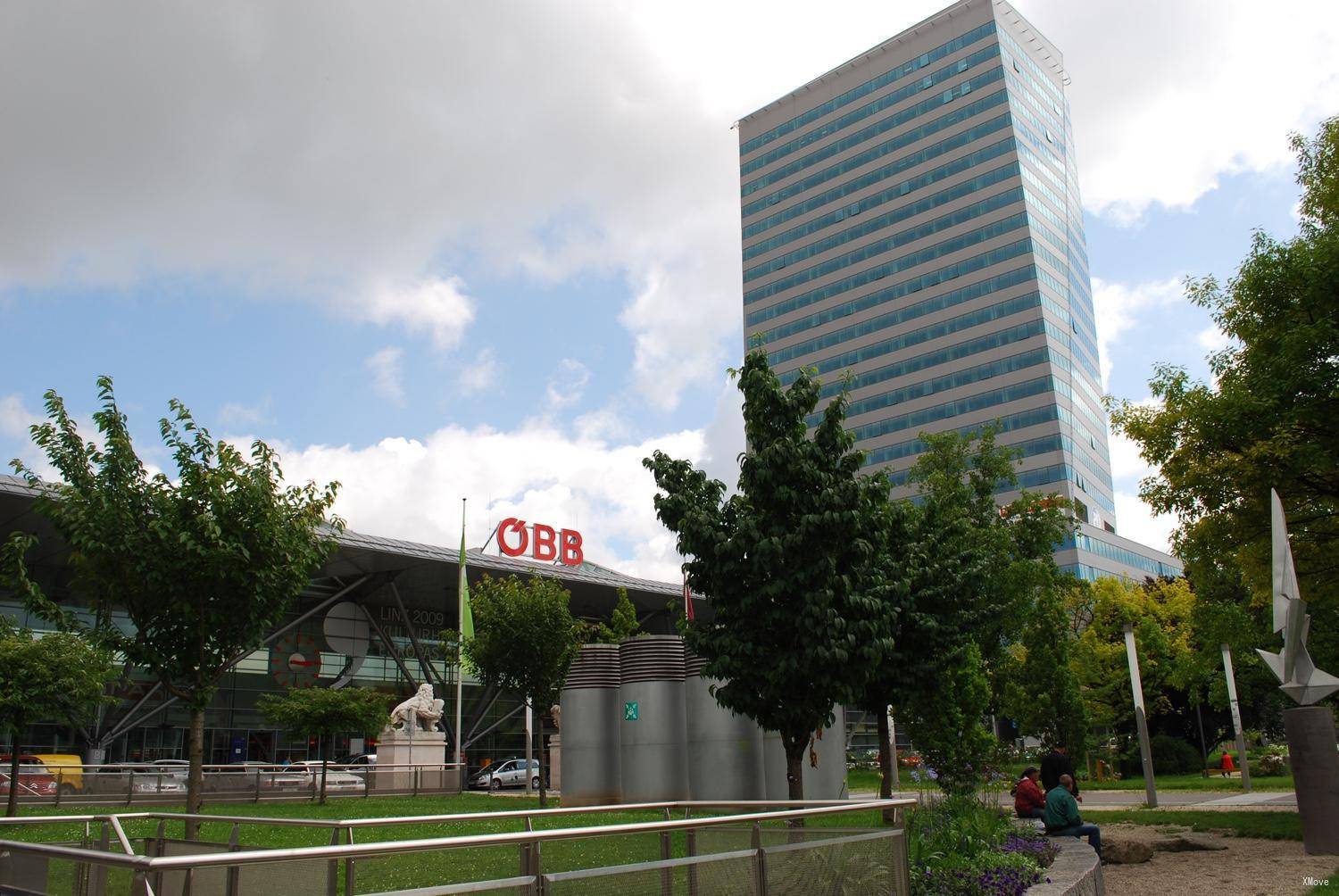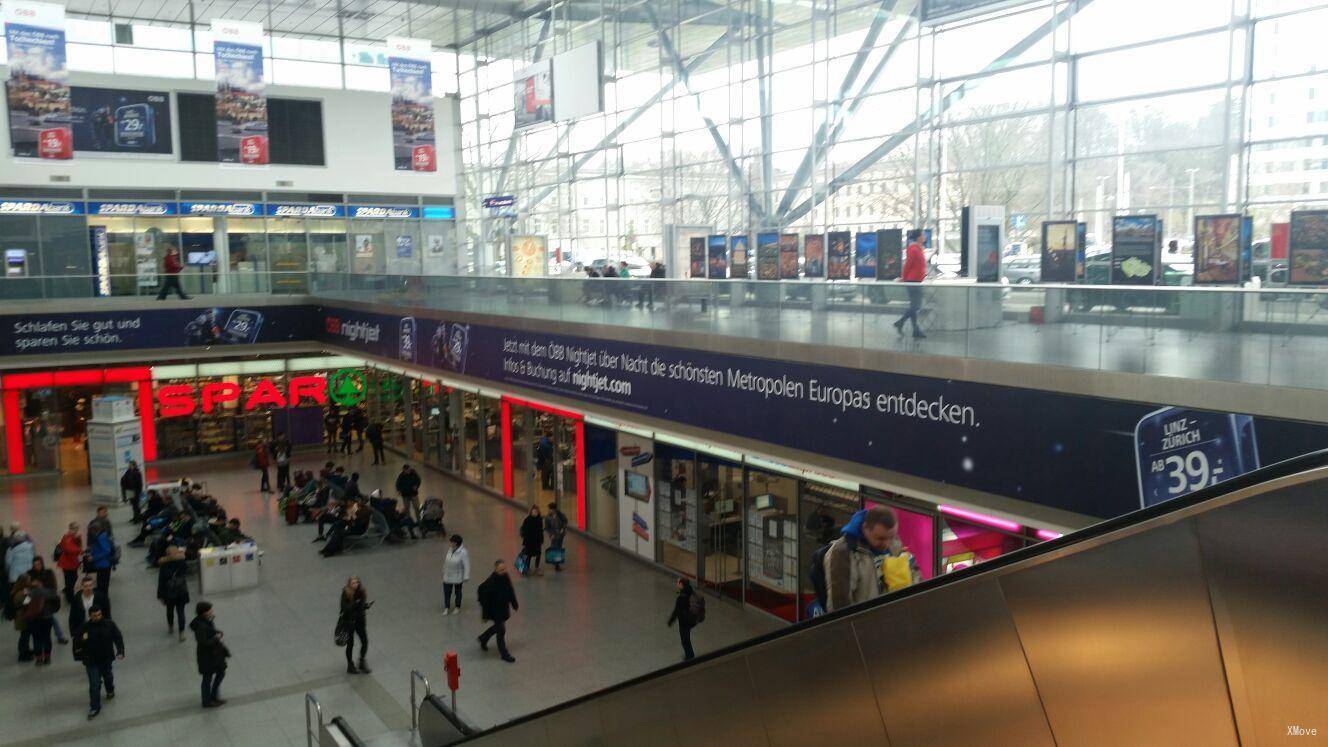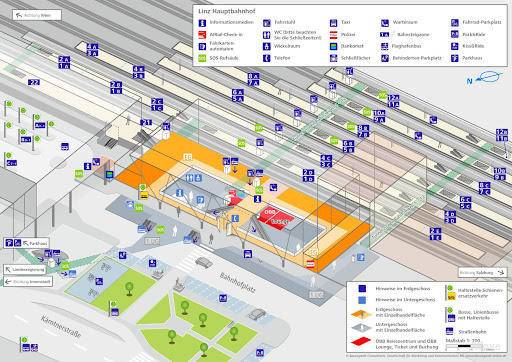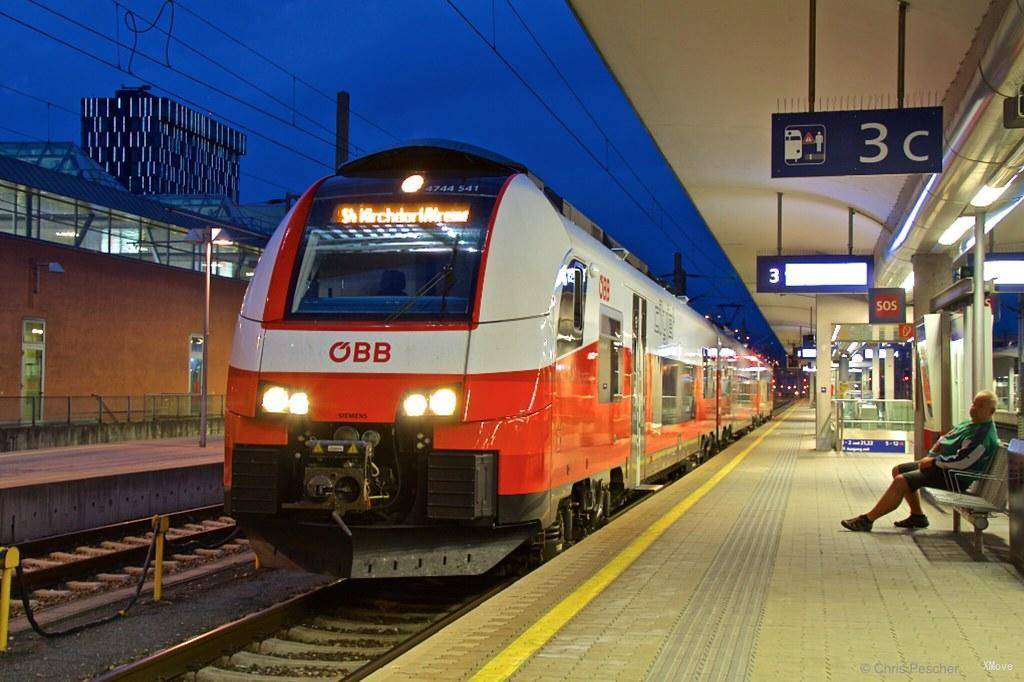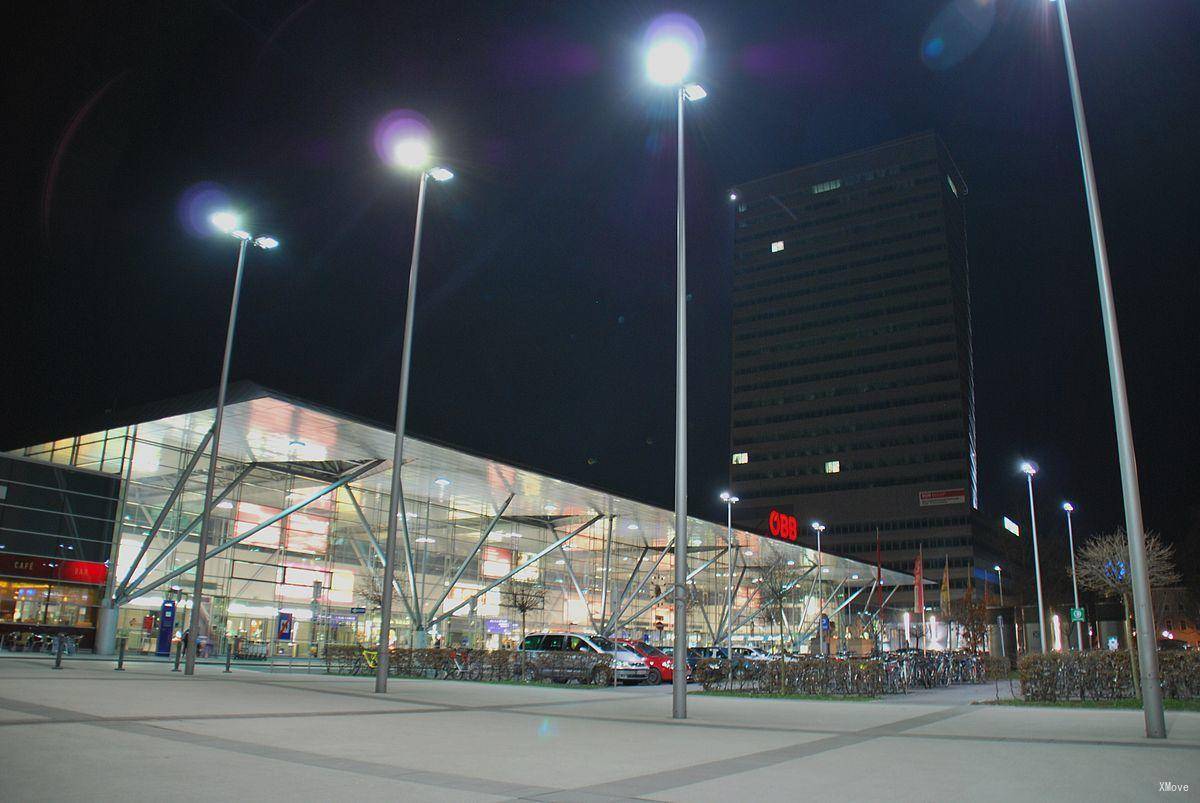Introduction
Linz Train Station is a very easy to use station.
There is only one floor on the platform, but in order to reach stations 2 - 12 (used by most trains), you need to use one of the two passenger passages below the track.
Arrived by train:
When arriving by train, the entrance to the main passage is located between Zone A and Zone B (the platform is divided into zones). When arriving from Vienna/Wien, this is towards the rear of the train, so when you get off you can be behind you, but in front of the train arriving from Salzburg (and other places).
This main passage has a lift and an escalator, but there is another passage in the C / D area, accessible through stairs and escalators. When arriving by train, it may be the nearest exit / Oswego, but if you want to use the elevator, you may need to walk through its entrance.
This secondary route is an alternative route from the train to the main lobby. If you use it and want to connect to the tram in the city centre, please don't board the exit you will see on the main square.
The main square has an atrium - the upper level is located on the street, so you can access the main exit, taxi station and bus station. On the lower floors, access to the platform and the ticket office, you can use the tram - Straßenbahn.
When arriving by train, if you use the main access and want to connect to the tram, the tram stop will be in front of the end of the passage - follow the instructions to the Straßenbahn. If you want to enter a taxi stand or bus stop, you can board the street directly.
Depart by train:
When departing by train, if your train departs from platform 3 - 12, please use the main access.
If you have already arrived at the station and entered from the main entrance, or by taxi or at the bus stop, you will descend to the lower floor of the main building to access this passage.
You can find out in which areas the trains and specific coaches will be found on the platform.
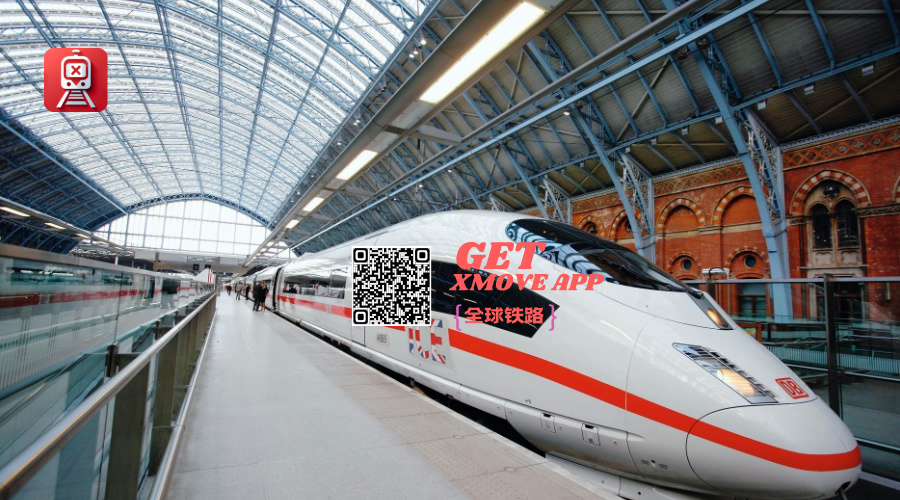
Ultimate Guide to German Railways
For those who love to travel, the quality and service of German Railways (Deutsche Bahn AG or German Railway abbreviated as DB) are world-class, with free entry and exit without ticket gates, ICE high-speed trains with a speed of nearly 300 kilometers per hour, and dense With the railway network and precise and punctual schedules, if you want to enjoy the way of traveling through the state and provinces on the train, Germany can be said to be the best choice.
There are approximately 37,000 trains operating in Germany every day. Most of the trains are operated by 24 railway companies under Deutsche Bahn. Deutsche Bahn also has the world's third densest railwa...

Ultimate Guide To FlixBus/FlixTrain
Friends who live in Europe know that buses are currently one of the cheapest ways to travel in Europe. Flixbus is currently the largest long-distance bus company in Europe.
At present, Flixbus not only does business in popular tourist cities, but most of the large residential towns in Europe have bus stations, including Germany, France, Italy, Netherlands, Poland, Czech Republic, Denmark, Sweden, Norway, Switzerland, Spain , Portugal, Hungary, Austria, Croatia, Belarus and other countries. Among them, the German route is the cheapest. Flixbus began to expand to the United States in 2018, and currently has thousands of sites in the United States.
...
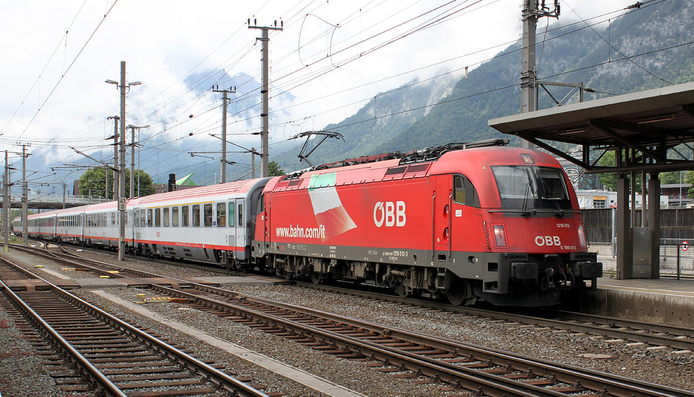
Ultimate Guide to Austrian Railways
Traveling through Austria by train is now getting faster and easier. The best way to explore Austria is to travel through magnificent mountain views, lush alpine meadows, historic towns and picturesque villages. Austria is located in the central part of the European continent adjacent to Germany and Italy. It also borders the Czech Republic, Slovakia, Hungary, Slovenia, Liechtenstein and Switzerland. Its train network is well connected to surrounding countries. With a punctuality rate of 96%, ÖBB was one of the most reliable railway operators in Europe in 2018.
Austria’s main train service operator is the state-owned company ÖBB, which serves almost the entire country. There are some private railway companies that are not part of ÖBB. In the corr...

